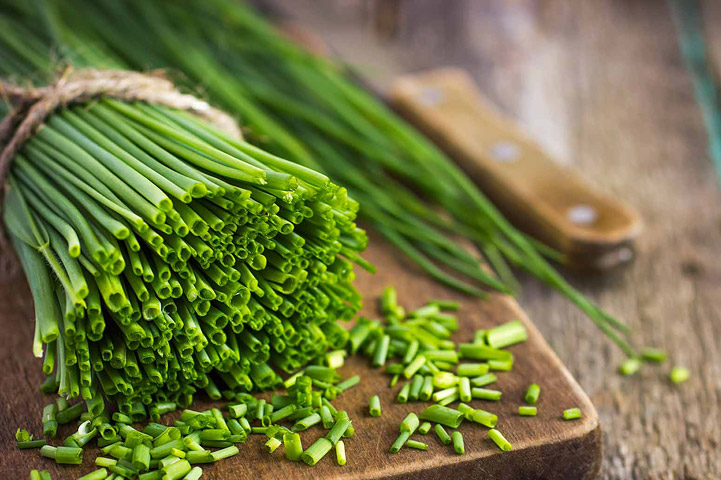
If you’re longing for fresh herbs during cold, wet winter days—take heart. With a little preparation, plant know-how and winter protection, it’s possible to have herbs in every season. Select a few (or many) of the plants discussed in this article and follow the accompanying tips to grow a selection of culinary delights throughout the year.
Year-Round Herbs
What could be better than a plant that provides fresh herbs all year? Although it sounds like a culinary fantasy, several herbs do just that. When plant shopping, your best choices for year-round herbs are those described as “evergreen” or “hardy.” Even though many of these plants don’t die back in the winter, their growth slows, so try not to be too greedy when harvesting.
Yarrow (Achillea millefolium)

This feathery-leaved perennial grows almost anywhere and even enhances the disease resistance of neighboring plants. Yarrow is quite hardy, but if a lengthy freeze comes your way, protect it with mulch or a frost barrier. Use the leaves in salads year-round and infuse the summer blooms for a refreshing skin toner or a cleansing hair rinse. Dried yarrow flowers look stunning in herbal arrangements.
Note: Eat yarrow leaves in moderation to avoid skin irritation.
Chives (Allium schoenoprasum)
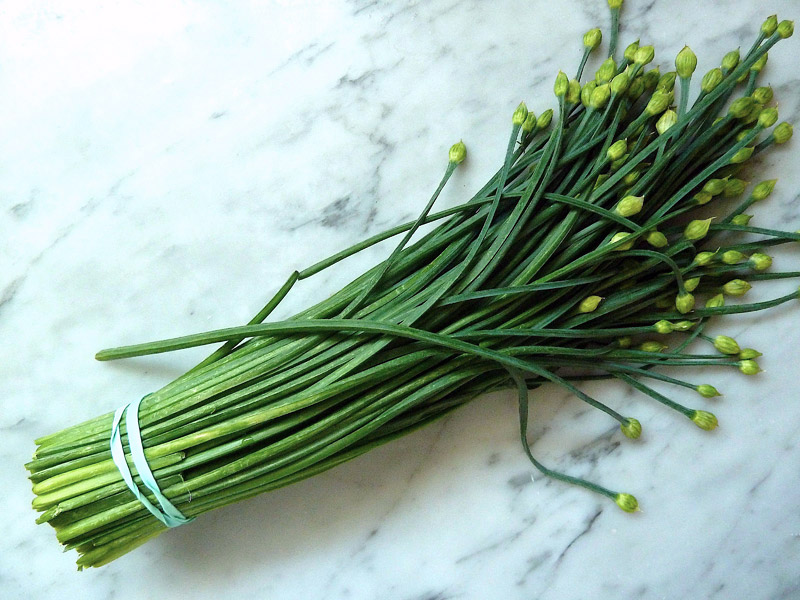
This mild-flavored hardy perennial is happy indoors and out. Harvest the leaves all year to flavor and garnish food. In June, cut the flowers for a pretty addition to a summer salad. You can trim chives down to 1 inch, four times a year, to sprout a fresh batch of leaves. After cutting down the plant in the fall, dig up some of the bulbs and plant them in an indoor pot for chives through the winter. The bulbs can be kept inside year-round or planted outside again in the spring. If you live where winters are harsh, mulch your outdoor bulbs each fall.
Horseradish (Armoracia rusticana)
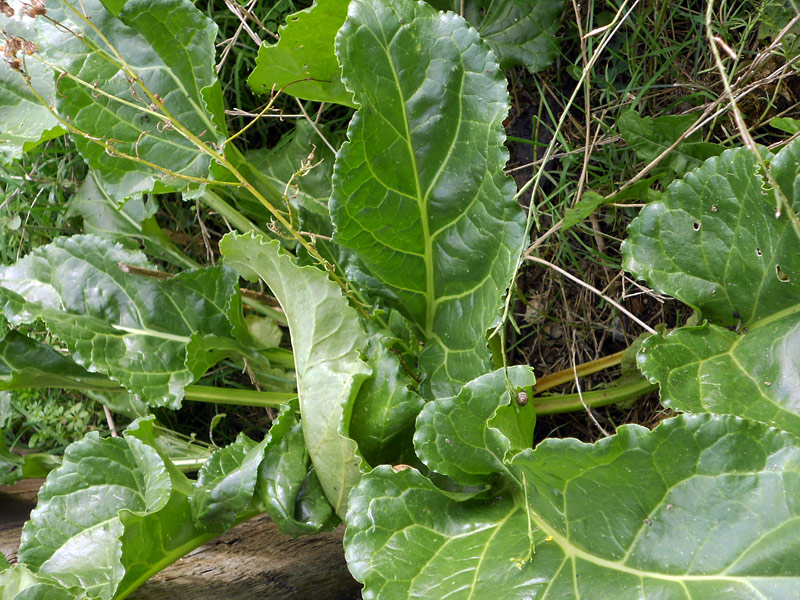
If you want to add heat to your cooking year-round, grow horseradish. Because peppers only thrive in the summer in most areas, horseradish can provide spice the rest of the year. Horseradish grown in the ground can become invasive, so grow it in a large pot to encourage root growth. Harvest the leaves from spring to fall to add a warm kick to salads. To use the root any time of year, push away a little of the soil, cut off an end piece and then re-cover the root with soil. Outdoors, the root is quite hardy and will survive frigid conditions, but if your soil freezes you won’t be able to dig down to the root.
Bay (Laurus nobilis)

Botanically speaking, this ancient plant, also known as sweet bay, is not an herb because of its woody stems. However, no soup chef should be without fresh bay leaves, which are more flavorful than dried. The evergreen shrub grows well in containers and can tolerate temperatures down to 25 degrees. If it gets colder than that for any length of time, bring the pot inside and it will keep providing you with taste-enhancing leaves. Keep the container on wheels to make moving it inside easier. Use its leaves to make an aromatic bay wreath during any time of the year.
Mint (Mentha spp.)
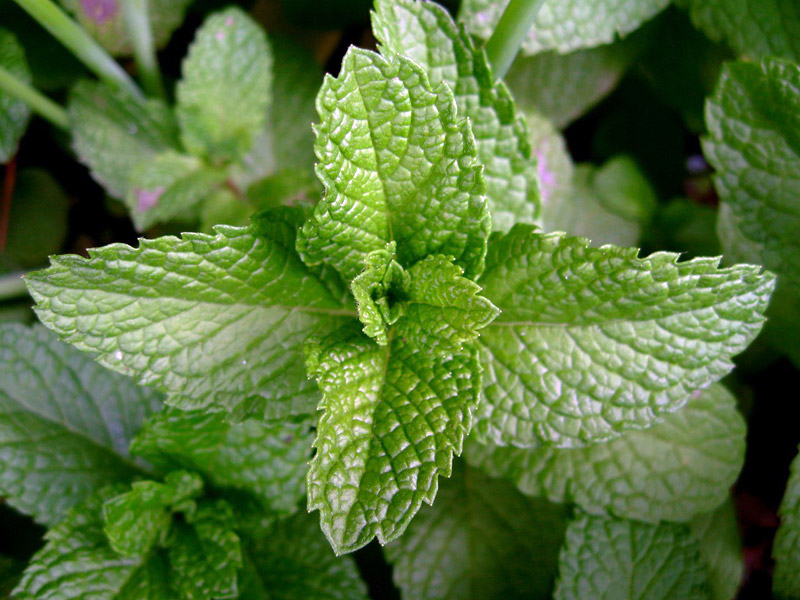
The many varieties of this herb make it difficult to classify. Some are frost-hardy, some are evergreen, but all are perennials with delicious leaves. Because it spreads easily, mint is best grown in containers. (This also makes it convenient to bring them inside during the winter if needed.) The rest of the year, they will thrive outside in partly sunny areas with little care. Pluck the leaves any time of year for garnish, jelly or tea. In summer, sprinkle salads with its tiny flowers. Lemon balm (Melissa officinalis) grows and is used similarly to mint.
Rosemary (Rosmarinus officinalis)

This herb’s piney flavor is a perfect addition to poultry, potatoes, stews and cookies. Despite its Mediterranean origins, this hardy evergreen adapts well to any situation except full shade or soggy soil. Rosemary needs little care throughout the growing season and is drought-tolerant. Established shrubs withstand tough winters, but smaller plants should be covered with a frost barrier when the temperatures drop. Rosemary also grows well in containers that can be brought inside in winter. Trim the plant into a tree shape for a wonderfully scented holiday decoration.
Sage (Salvia officinalis)

Most of the many varieties and flavors of sages are hardy perennials. In temperate areas, these plants can make it through the winter without protection unless an ice storm hits. In frigid regions with harsh winters, grow sage in containers and bring the plants inside for the season. The rest of the year, give sage a sunny spot in well-drained soil. Because sage is an evergreen, it retains its leaves year-round—until you pick them for stuffing and roasts.
Plants That Keep Giving
Some herbs present you with different culinary gifts over the growing season. Unlike the year-round plants described above that mostly provide leaves, the following plants have more diverse offerings including leaves, flowers and seeds. Leaves should be harvested lightly so you don’t defoliate and weaken the plant (which is a good reason to plant more than one). If you intend to collect seeds, don’t harvest or deadhead all of the flowers earlier in the season.
Dill (Anethum graveolens)
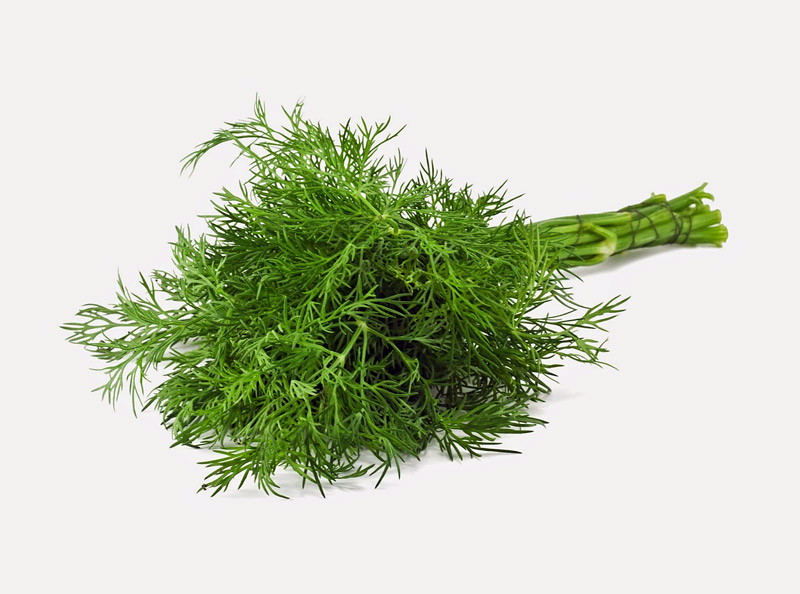
Sow the seeds of this annual in the spring to enjoy the cool taste of dill in salads and sauces from late spring to early fall. Dill grows in sunny and dry areas, requires very little care, and the flowers are attractive in the garden. When the seeds start to form, place paper bags around the flower heads to catch the seeds as they drop. Dry the collected seeds for use in pickling mixes.
Mustard (Brassica juncea)
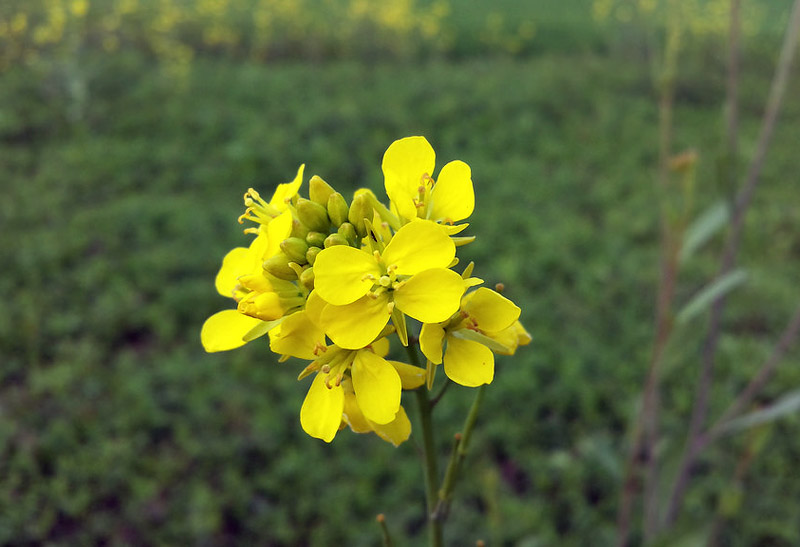
Mustard (Brassica juncea) is another choice for leaves and seeds. In temperate areas, mustard produces leaves from spring into early winter. Use these leaves in salads or as you would spinach. In fall, collect the seeds to make your own spicy mustard.
Cilantro (Coriandrum sativum)
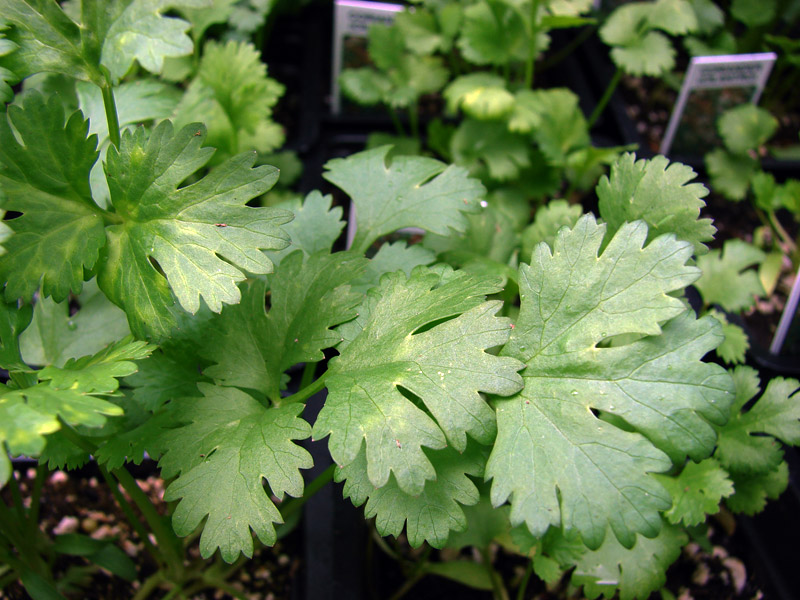
If you like cilantro, plant a large crop of this annual in the spring. Harvest the leaves from late spring through summer for a fresh addition to Mexican and Asian dishes. Collect its seeds (known as coriander) by spreading paper or row-cover material around the base of cilantro to catch the seeds when they mature. Cilantro can be grown indoors over the winter by planting seeds in pots during the fall.
Bergamot (Monarda spp.)

The plant’s frilly, bright red flowers are excuse enough to grow this hardy perennial. This herb, which is native to the eastern United States, is well-adapted to cool, moist conditions. If you have a semi-shady spot in your garden and need a dash of color, try planting bergamot. Its leaves and flowers have a unique citrus scent (think of Earl Grey tea) that is retained even after drying. To add a citrus taste to tea, juice or wine, the leaves can be plucked most of the year (the plant will die back in mid-winter). The flowers that arrive in mid-summer make a gorgeous addition to fruit salads or can be dried for potpourri.
Dandelion (Taraxacum officinale)
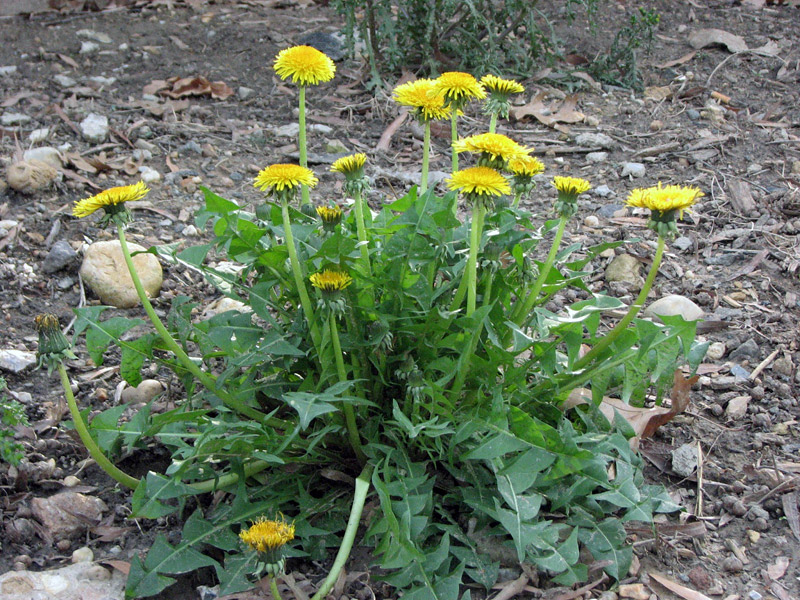
While few people intentionally grow dandelions, most yards have them. In areas where freezes are short-lived, dandelion leaves are available year-round for use in salads or to use as you would spinach. Most people don’t prefer to eat the bitter flowers, but the sunny blooms are essential for a batch of dandelion wine. If you really want to make use of dandelions (or to rid them from your lawn), dig, dry and grind the roots for a caffeine-free, coffee-like brew.
Nasturtium (Tropaeolum majus)

You can use every part of this vine-like annual. Harvest the leaves during the entire growing season to add a peppery bite to salads. In temperate areas, the plants provide leaves until the first freeze. The pretty orange, yellow and red flowers are edible and give color to a green summer salad. Don’t pick all the flowers, though; each one left on the plant produces three seeds from late summer through early fall. Once mature, the seeds can be dried and saved for next year’s garden, or you can pickle them in vinegar for an inexpensive caper substitute.
The Flower Bearers
Even if they don’t behave like year-round superstars, some herbs almost beg to be grown for their flowers. Whether you just want to look at a bed full of color or use the flowers in the kitchen, these are some easy-to-grow choices.
Calendula (Calendula officinalis)
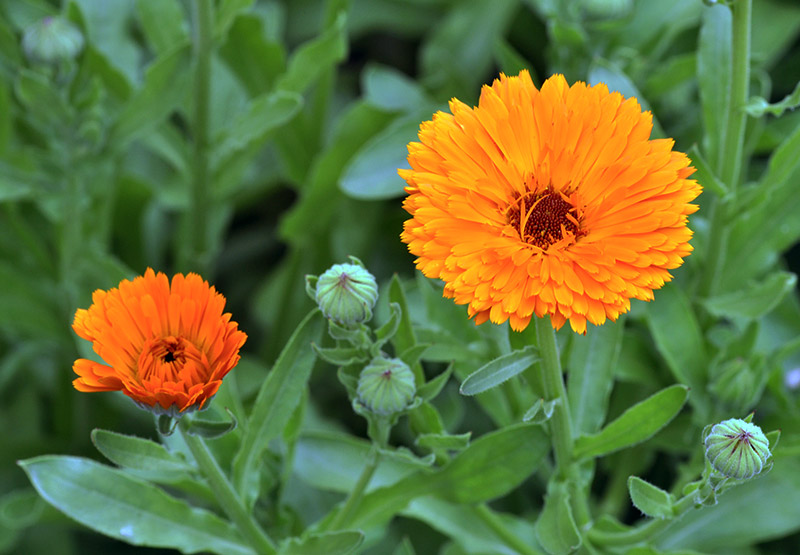
Sow this annual in the fall for spring flowers, then sow again in the spring for late-summer and fall flowers. Calendula, or pot marigold, grows in most any soil condition. The bright-orange petals are known as poor-man’s saffron and can be used in rice dishes in place of the expensive spice. The petals are also used fresh or dried to decorate salads and baked goods.
Note: Do not confuse calendula with the Tagetes marigolds, which are toxic.
Lavender (Lavandula spp.)
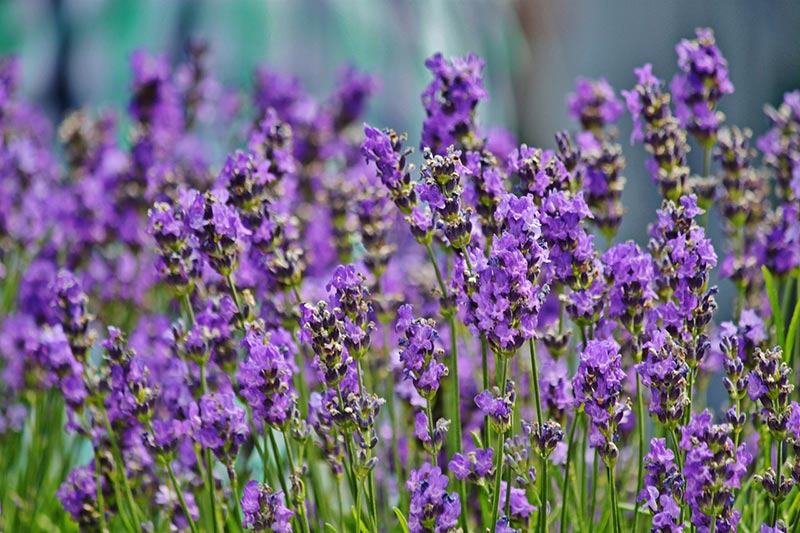
Many people wouldn’t consider their herb garden complete without this aromatic wonder. Evergreen in some areas, a deciduous shrub in others, lavender puts on a show of scented purple flowers each summer. Dry the flowers for sachets and wreaths, or use the flowers to flavor sugar, ice cream and pastries. Even without flowers, lavender stalks smell lovely when handled. Other than a “haircut” at the end of the season, lavender requires little care.
Viola (Viola spp.)
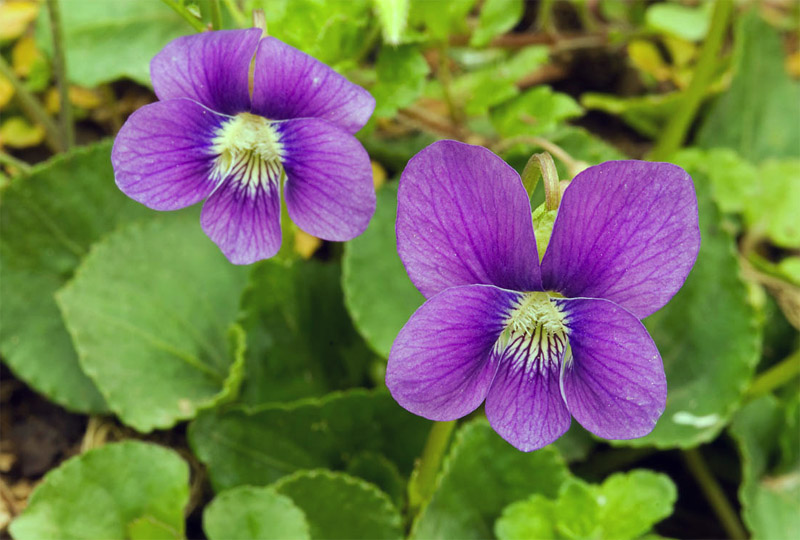
In most regions, violas produce a lovely show of purple and pastel flowers from late winter through spring and then again in fall. Violas are a perfect choice for borders in areas that don’t receive intense sun. They can even grow in full shade. While pretty enough in the garden, violas are even cheerier in a spring salad or sugar-coated to beautify a cake.

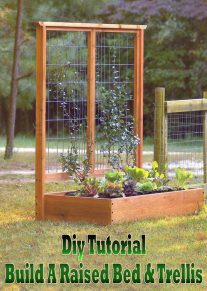
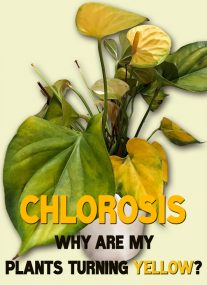
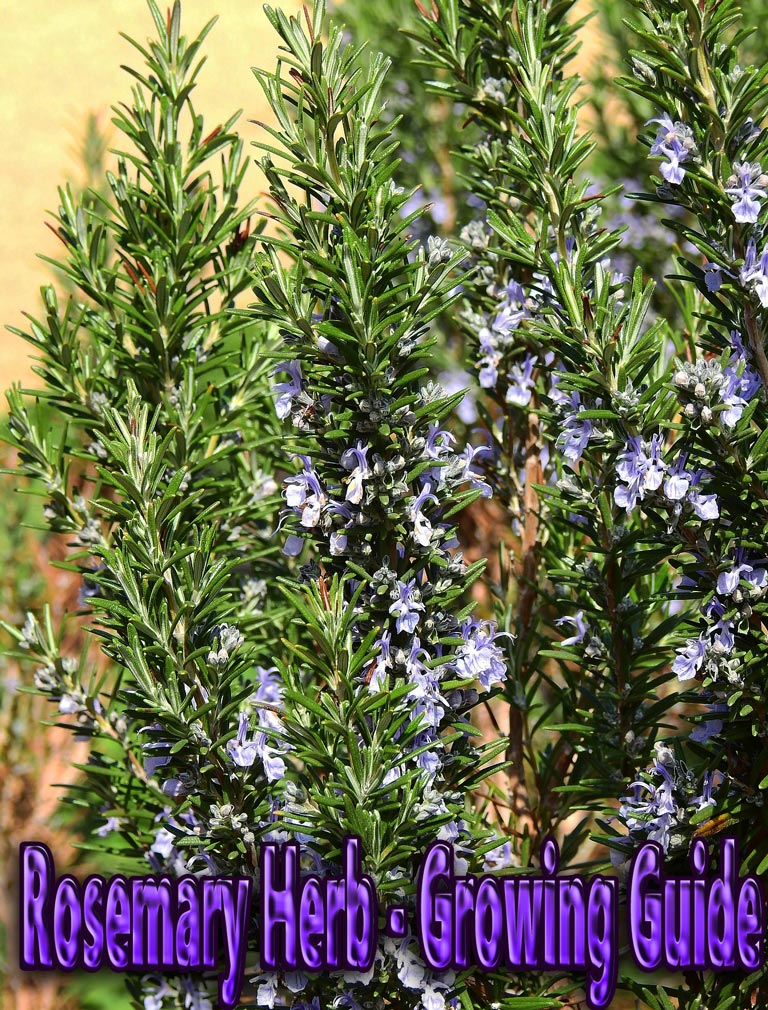
Leave a Reply